The Unique Intelligence of ESFPs, ESTPs, ISFPs, and ISTPs
One of the questions I am constantly asked as a typologist is “Which type is the smartest?” My answer tends to be “All of them!” Each personality type is gifted with a unique way of learning and making decisions that is all their own. An ENTP might be good at innovating and finding new connections while an ISTP might be good at rapid troubleshooting in a crisis. No one type is smarter than another, but each type has an intelligence that is unique to them. Today we’re going to learn about the brand of intelligence that the Extraverted Sensing (SP) personality types have! Let’s get started.
Not sure what your personality type is? Take our new personality questionnaire here. Or you can take the official MBTI® here.
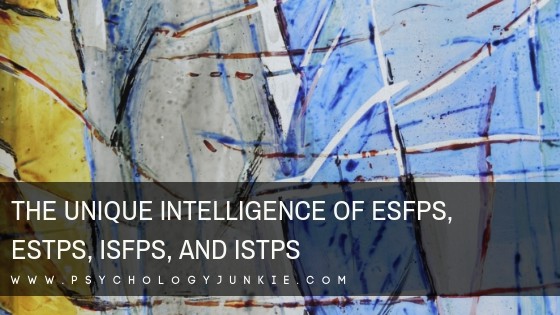
The Unique Intelligence of ESFPs, ESTPs, ISFPs and ISTPs
The first thing we need to know about all SP personality types is that they value a mental process called Extraverted Sensing, or “Se” for short. ESTPs and ESFPs have dominant extraverted sensing, ISTPs and ISFPs have auxiliary extraverted sensing, ENTJs and ENFJs have tertiary extraverted sensing, and INTJs and INFJs have inferior extraverted sensing.
What is Extraverted Sensing?
Extraverted Sensing is an information-gathering process that focuses on the objective outer world. It sees things in high-definition detail exactly as they are. Extraverted sensing types are skilled at responding to rapid changes in the outer world and are the most “present-minded” of all the personality types. While SJ types filter what they see through their subjective experience and memories, SP types cut past all that and stay tuned into the present moment, seeing everything around them for what it is RIGHT NOW. This makes them extremely objective and realistic. In fact, I like to call these types “the ultimate realists”.
How Does Extraverted Sensing Impact the SP Learning Style?
Sensing perceiving individuals are unique in that they learn best through trial-and-error and immediate hands-on connection with the real world. These types don’t do well to sit around all day at a desk listening to lectures. They learn faster in action than any other type. They need to get their hands on things, experiment and grapple with concepts and tools in a practical way. One study has found extraverted sensation types to be left-brain individuals (Human Information Processing Survey Beyler Escofier, 1991).
Other features of the extraverted sensing learning style:
– They like to work with their hands.
– They remember best when they can create things that correlate with their studies.
– They remember spelling words better if they write them down several times.
– They are gifted at making models, creatively building or crafting, and making visuals
– They can think better when they are active (chewing gum, pacing, tapping their feet or a pencil, studying in a rocking chair).
– They like information that they can apply immediately to their lives
– They enjoy real-world demonstrations and examples
– They perform quickly and with practical intelligence in crisis scenarios
– They remember facts well
– They tend to excel in practical skills
When it comes to problem-solving, SP types are gifted with tactics. They can take in a large amount of detail and data and respond to it quickly. They are good at finding opportunities, resources, and experiences that will either solve a problem or be immersive and enjoyable. They like to use tangible objects to create, explore, move forward, and improve. This often results in a skill for producing and performing. In fact, many of the great performers of our day have been extraverted sensing types. People like Harry Houdini (ESTP), Will Smith (ESFP), Bruce Lee (ISTP), and Michael Jackson (ISFP).
ESTP and ISTP Learning
ESTPs and ISTPs use a mental process called Introverted Thinking (Ti) alongside Extraverted Sensing (Se). They get a strong sense of the functionality of things and how each bit of data connects with all the rest. They want accurate information that is usable in the outside world. They are good at understanding their environment, working with tools (in most cases), and applying abstract techniques to the physical world. They tend to be rapid problem-solvers, troubleshooters and are good at trying things from various angles and vantage points. They are skilled at finding leverage points and using them to their best advantage.
STPs like to learn by combining broad principles with physical, concrete materials. They are skilled at situational learning and perform best when they can perform hands-on practice especially in make-or-break situations. They want challenges and opportunities to take smart risks. They want a fast pace of learning with as little repetition as possible. They don’t want to waste time and they do best when there are games or competitions involved. Risk amps up the mental power of the STP personality type.
ESFP and ISFP Learning
ESFPs and ISFPs use a mental process called Introverted Feeling (Fi) alongside Extraverted Sensing (Se). They want to learn in order to accomplish their personal goals or help people. In the classroom or in any kind of training, they learn better if they can have a supportive relationship with whoever is teaching them. Collaborating, asking questions, and having a casual, open atmosphere helps them to feel inspired. They like to know the context of what they are learning and how it relates to their experience. They want clear direction, good examples, and opportunities to use what they are learning in a practical hands-on way. Games and creative projects always make it more fun and memorable!
SFPs respond well to immediate feedback, and they dislike a lot of repetition and needless practice. They want learning to be relaxed, challenging, and fun. Then they want the freedom and independence to practice what they’ve learned on their own in the real world.
SFPs are skilled at seeing what’s important in a situation. They have a knack for noticing what is valuable to them and which people are trustworthy. They have quick and practical responses to the situation and are hands-on, experiential learners. In crisis situations they are skilled at asking the right questions, offering suggestions, presenting ideas, and finding creative solutions. They are very in synch with non-verbal communication and are in touch with sounds, colors, and textures. As a result, they tend to be skilled at creating and composing.
How Well Do ESFPs, ESTPs, ISFPs and ISTPs Perform in School?
Unfortunately, most modern-day classrooms do not cater to Sensing-Perceiving personality types at all. According to the MBTI® Manual, the majority of elementary/middle/and high-school teachers are sensing judging (SJ) types. SJ types learn best through repetition and memorization. SJ teachers generally teach in a very methodical way focusing on repetition, structure, and a consistent routine. While this works great for SJ students and even NJ students at times, SP students find their minds wandering and are often labeled as “problem students” because they have a hard time paying attention. Sensing-perceiving students, particularly ESTPs and ESFPs, learn best when they can get up, move, participate, make mistakes, and get their hands on things. They learn by actually putting thoughts into action and engaging in trial-and-error problem-solving. This just isn’t the way most classes are taught, at least in the US.
Many times the intelligence of sensing-perceiving types shows up when they are actually “on the job”. In a case study relating type to clinical ratings and medical expertise, ISTPs and ESFPs received above-average ratings, and ESTPs and ISFPs received ratings right around average. ESTPs scored very well in their clinical ratings for enthusiastic involvement.
My personal belief is that sensing-perceiving students would perform much better in school if more teachers were allowed to teach in ways that appealed to their unique preferences, or if there were more perceiving teachers in classrooms in general.
A Breakdown of the Intelligence Style of Each SP Personality Type:
ESFP Intelligence:
– Concrete
– Experiential
– Collaborative
– Kinesthetic
– Visual
– Like projects and simulations
– Innovative
– Goal-oriented
– Connected
– Sequential
– High in fact retention
– Field dependent
– Adaptive Creativity
– Tactile
– Random
– Post-conventional
– Active
– Naturalist
– Musical
– Intra-personal
ESTP Intelligence:
– Concrete
– Experiential
– Collaborative
– Kinesthetic
– Visual
– Like projects and simulations
– Innovative
– Goal-oriented
– High in fact retention
– Adaptive creativity
– Tactile
– Random
– Post-conventional
– Systematic decision-maker
– Tactical
– Trial-and-error
– Active
– Logical
– Spatial
ISFP Intelligence:
– Reflective
– Observational
– Visual
– Kinesthetic
– Adaptive creativity
– Right-Brain
– Concrete
– Experiential
– Tactile
– Random
– Holistic
– Field dependent
– Goal-oriented
– Connected
– Active
– Collaborative
– Emotional
– Musical
– Intra-personal
– Spatial
– Linguistic
ISTP Intelligence:
– Reflective
– Observational
– Visual
– Kinesthetic
– Adaptively creative
– Concrete
– Experiential
– Tactile
– Random
– Goal-oriented
– Active
– Logical
– Spatial
– High in fact retention
– Tactical
– Left-hemisphere
What are Your Thoughts?
Have you enjoyed this article? Do you have any thoughts or experiences to add? Let us know in the comments!
Find out more about your personality type in our eBook, Discovering You: Unlocking the Power of Personality Type.
Other Articles You Might Enjoy:
Here’s What You Hated About School, Based On Your Personality Type
Here’s Your Secret Strength, Based On Your Personality Type
10 Signs That You Might Be an Extraverted Sensor
How You Use Your Brain – Based On Your Myers-Briggs® Personality Type
Sources:
MBTI® Manual – A Guide to the Development and Use of the Myers-Briggs Type Indicator® Instrument by Isabel Briggs Myeres, Mary H. McCaulley, Naomi L. Quenk, Allen L. Hammer (CPP, Inc. 2009)
Personality Types: Jung’s Model of Typology by Daryl Sharp (Inner City Books, 1987)
Looking at Type® and Learning Styles: Using Psychological Type to Make Learning Personality Effective by Gordon D. Lawrence (Center for Applications of Psychological Type, 1997)



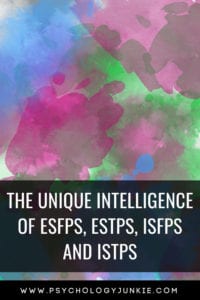




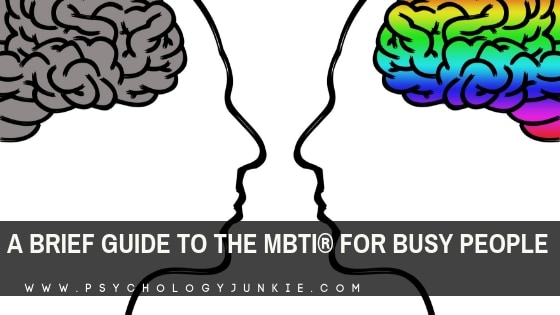
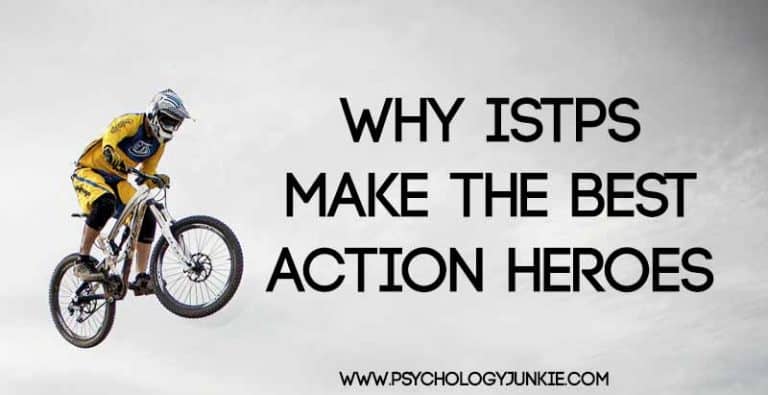
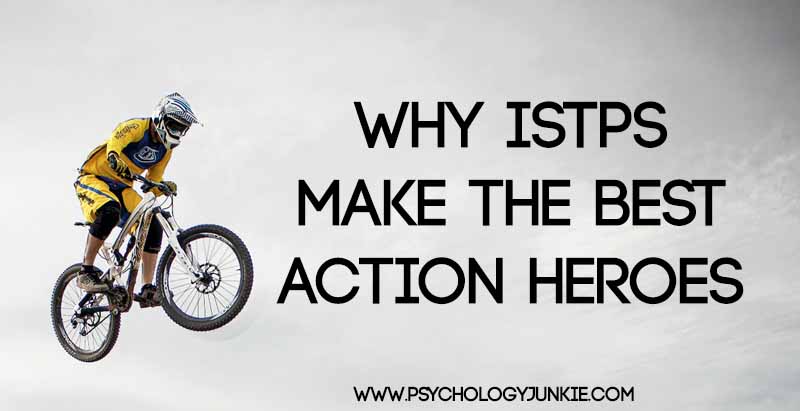


I love this. So spot on. I am ESFP-A and everything ESFP personality related has been accurate.
I would love to help out or just be able to express myself more regarding ky personality type etc.
I am an isfp , and I can’t find the words to describe how amaze I am to read this article. I salute the writer of this blog very much. I hope you continue writing. What’s more amazing is that you’re unique. ????
Thanks so much Stefanie! This means a lot to me! I’m so glad you enjoyed the article 🙂
Amazing article! I’m an ISFP and I found my answers to all the questions I had while searching. I searched for this following an incident I had with a professor at university, since I relate to the “studying and rocking chair”, I explained that it was my solution to stay focused on the lecture and I’m glad this article confirms that! I also get irritated when there is a repetition but I thought that I was just acting up, I’m relieved that it has an explanation.
Great work, I’m grateful I read this article!
Your notes about ISFP learning are right on! I started elementary school in small-town Kansas, aged 5 (November birthday), without kindergarten. A very traditional classroom and curriculum. A first-born child, I lived up to expectations and did very well, while spending a lot of time outdoors, with horses, dogs, rabbit, chickens, supportive parents, and a rich imagination. In 5th grade, I moved to an ‘experimental’ school on the campus of Arizona State (Ira D. Payne Training School), where we were encouraged to learn at our own pace and explore everything available to us on campus. It was a fantastic time! High school was again a traditional curriculum and format, but that taste of freedom has stayed with me over the years. I still march to a different drummer.